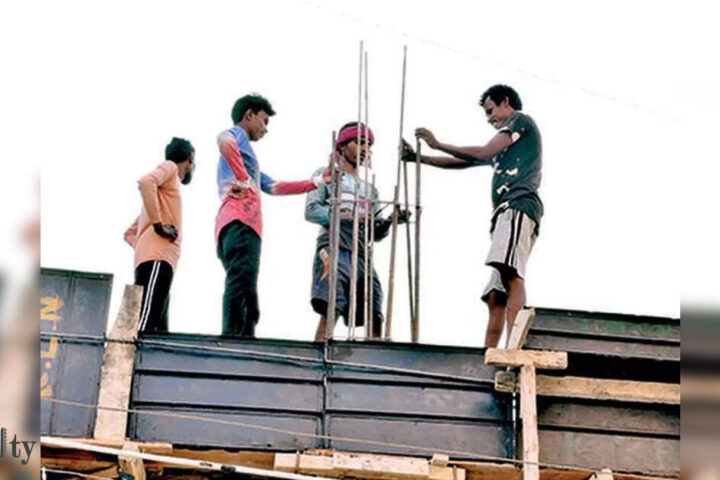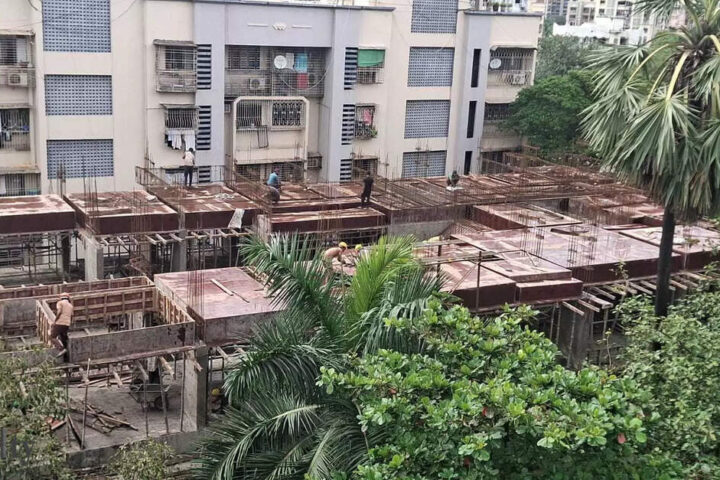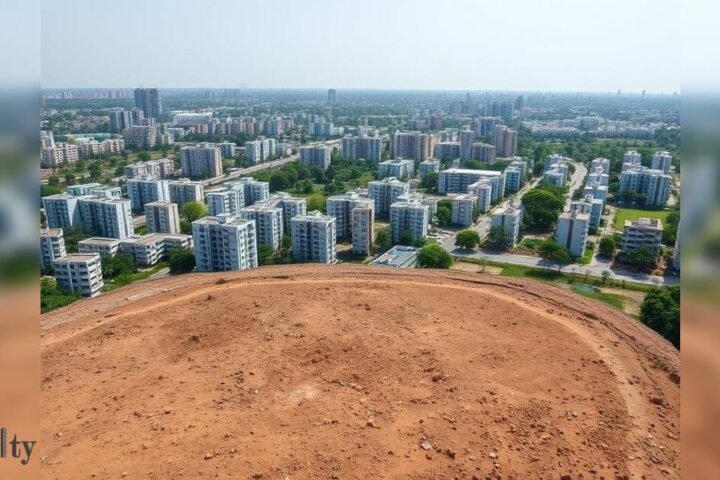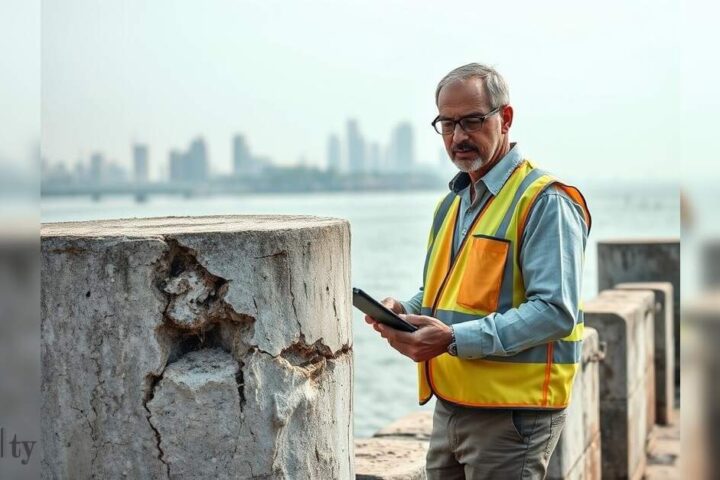
India is in the middle of one of the largest urban transformations in the world. With nearly half its population expected to live in cities by 2050 (UN data), the question is no longer whether India can build smarter cities, it’s how fast and how effectively it can scale them. The Smart Cities Mission, launched in 2015, laid the foundation by reimagining 100 cities with technology-enabled governance, better infrastructure, and citizen-centric design.
A decade later, the contours of this vision are becoming visible. Of the 8,067 projects sanctioned under the Mission, 94%, worth ₹1.64 lakh crore, are already complete. Every city under the programme now has an Integrated Command and Control Centre (ICCC), powered by IoT, AI, and analytics to manage urban services in real time. From traffic management to water supply, Indian cities are beginning to test the power of data as the backbone of governance.
But as industry leaders point out, the next chapter must move beyond individual projects. What India needs is a framework for living cities: scalable, adaptive, and rooted in sustainability.
Cities as living organisms
Kushal Kunder, chief operating officer of ANJ Group, offers a compelling metaphor. “The future of India’s smart cities won’t be defined by sensors or Wi-Fi poles, it will be defined by how we create cities that behave like living organisms,” he says.
In his view, tomorrow’s cities will run on a real-time data nervous system, with integrated grids of energy, water, and mobility forming the lifeblood, and sustainability serving as the soul. Achieving this requires moving towards Urban Operating Systems. These are unified platforms where transport, housing, utilities, and governance work in sync rather than as silos.
Data as the new foundation of city building
The evolution is already visible on the ground. Manik Malik, CEO of BPTP, notes that the conversation has shifted from showcasing tech pilots to embedding them in everyday life. “India’s smart city vision is advancing from small pilots to scalable, practical solutions. While the initial emphasis was on demonstrating technology, today the approach focuses on seamlessly integrating AI, AR, and data-driven tools into everyday urban services,” he says.
For businesses, this data revolution means sharper insights into demand patterns, pricing trends, and commute flows. “Data is no longer just a buzzword… The combination of technology-driven information and human assurance is making city development more confident and future-ready,” Malik adds.
Closing the gaps: Regulation and financing
Even as the vision sharpens, challenges remain in aligning execution. Anand Pandit, chairman and managing director of Sri Lotus Developers, points out that regulatory frameworks are yet to catch up. “There is still a lack of specific legislation tailored to smart urban solutions. This leads to delays in approvals, often slowing down projects that rely on cutting-edge technologies or new urban models,” he says.
Financing is another hurdle. While intent is strong, funding for smart infrastructure is still viewed through a short-term lens. Kunder warns that infrastructure ROI spans 15–20 years, but political and financial cycles often cap investment horizons at five years. Without intergenerational financing, India risks keeping cities locked in pilot mode.
Collaboration with purpose
The consensus among leaders is clear: the future of smart cities lies in rethinking public–private collaboration. “For too long, PPP has meant Public–Private Partnership. In the new urban era, it must mean Public–Private Purpose,” says Kunder. Governments, in this view, provide the canvas, private developers bring innovation, and citizens co-create the final outcome.
Rohit Mohan, chief design and sustainability officer at Godrej Properties, believes these partnerships must be designed with accountability. “Clear outcome-based contracts and sustainability-linked KPIs are essential. Above all, citizen co-creation must be at the core: building with communities, ensuring adoption, ownership, and long-term impact,” he says.
The human-centric smart city
What unites these perspectives is a call to put people—not just technology—at the center of urban transformation. Pandit highlights mixed-use development, walk-to-work ecosystems, and renewable energy mandates as essential for healthier cities. Mohan underlines open data standards and interoperability to ensure inclusivity and long-term resilience.
India’s urban growth story is no longer about isolated experiments. It is about creating cities that are self-learning, self-sustaining, and future-ready. Cities where businesses, governments, and citizens share the same purpose.
As Kunder sums up: “India’s real transition will not be when we can showcase 100 smart cities. It will be when every Indian city becomes smart for its citizens when pilots scale, when silos collapse, and when sustainability is no longer optional but inevitable.”
At Future Proof Realty by ET Studios, these very questions will take centre stage. The show will spotlight what it takes to future-proof India’s urban growth.
The big takeaway? India’s smart city vision is no longer just about smart infrastructure. It is about making cities responsive, resilient, and ultimately, human.
Key takeaways for industry stakeholders
- Scale is the new benchmark: smart cities must evolve beyond pilots into integrated ecosystems.
- Data is the foundation: analytics is transforming decision-making for planners, developers, and buyers alike.
- Financing horizons must expand: intergenerational models are needed to unlock long-term value.
- Collaboration is shifting to co-creation: PPP must evolve into Public–Private Purpose.
- Sustainability is non-negotiable: from policy mandates to KPIs, green resilience is central to urban planning.
Know More: https://realty.economictimes.indiatimes.com/future-proof-realty











